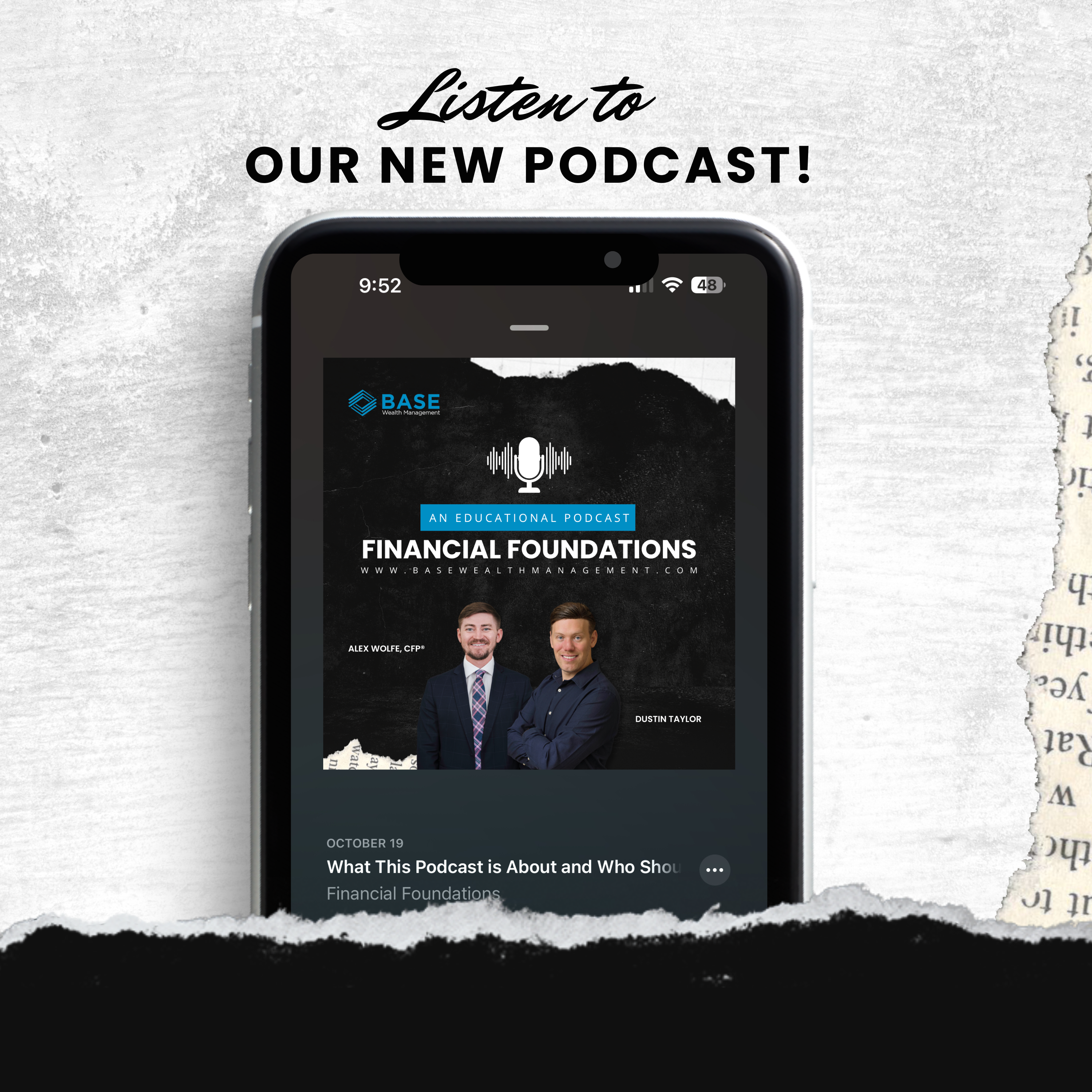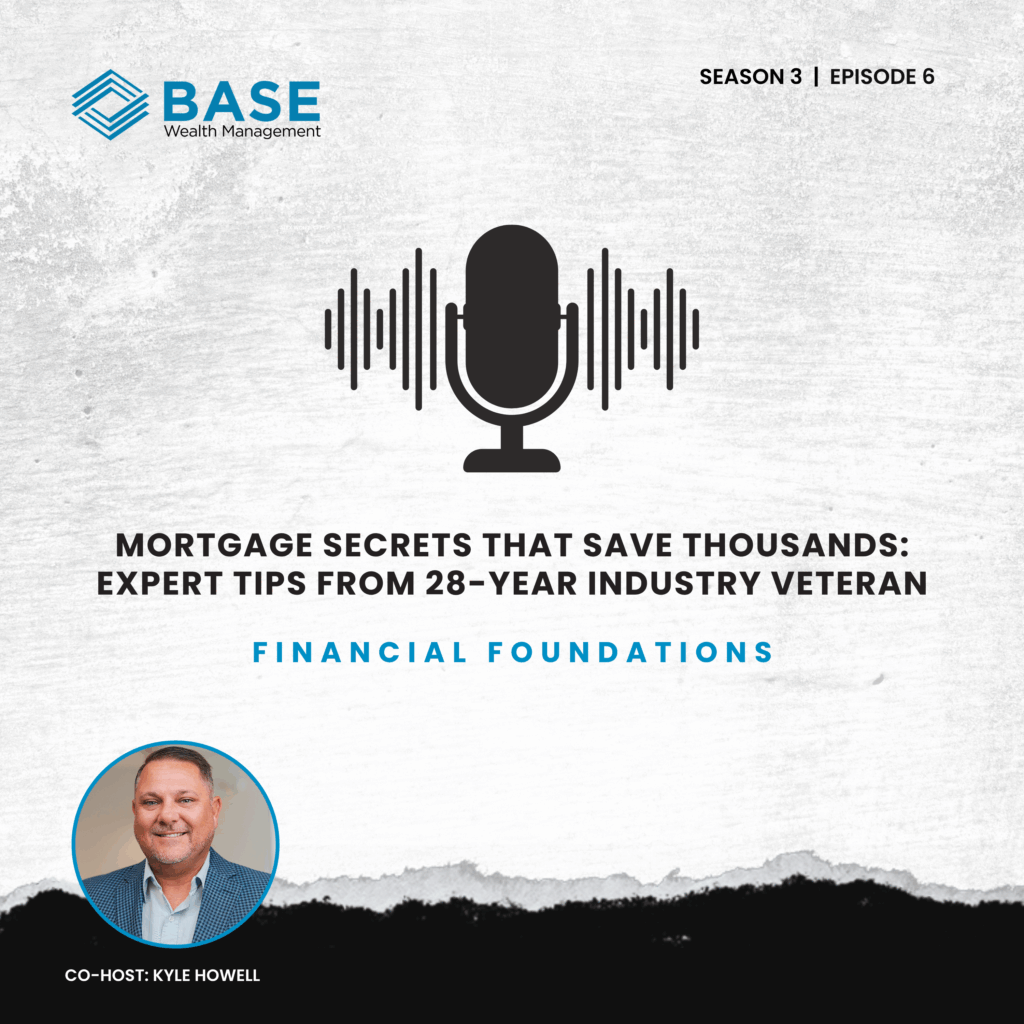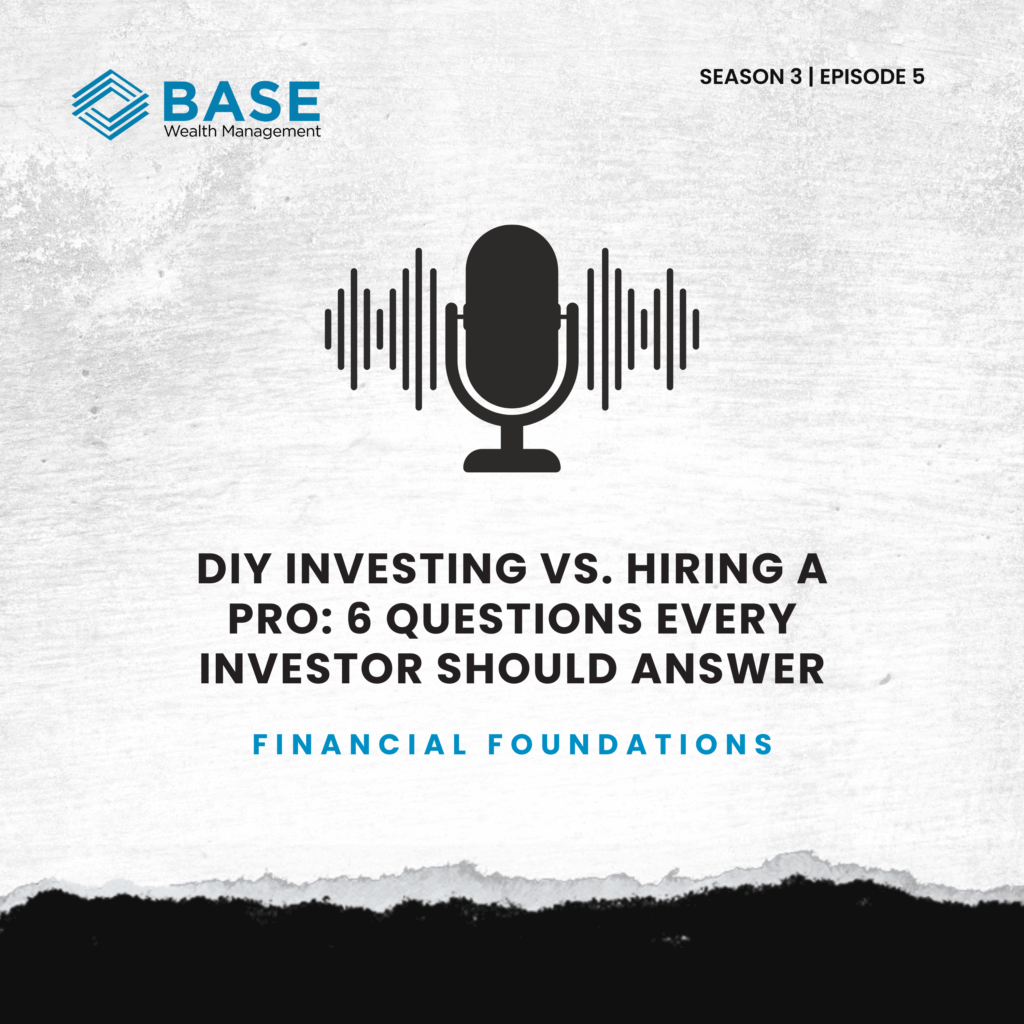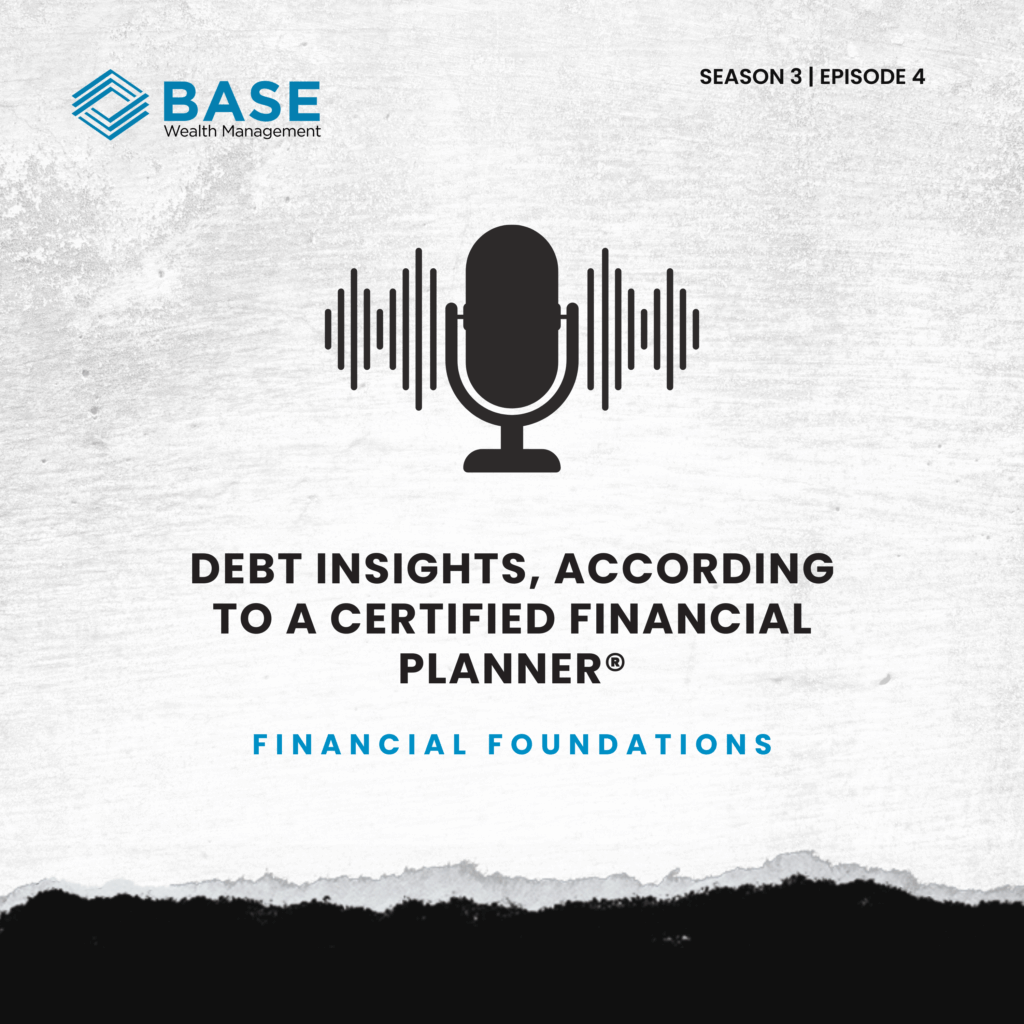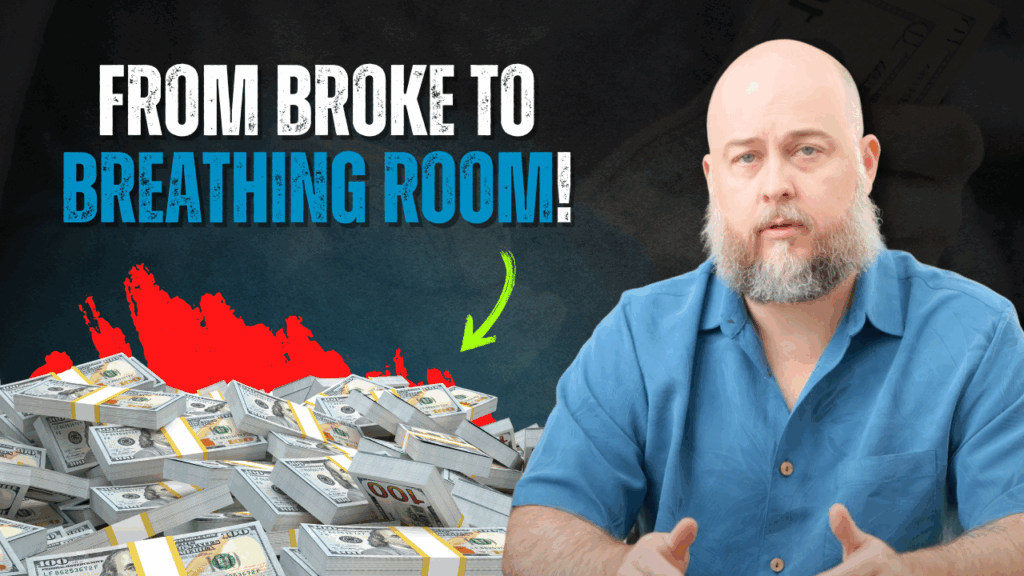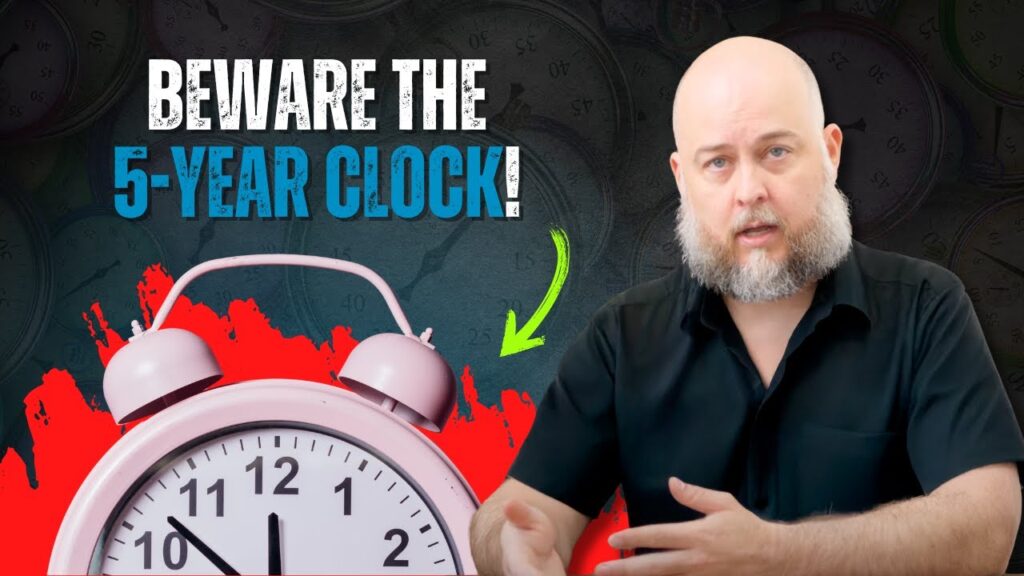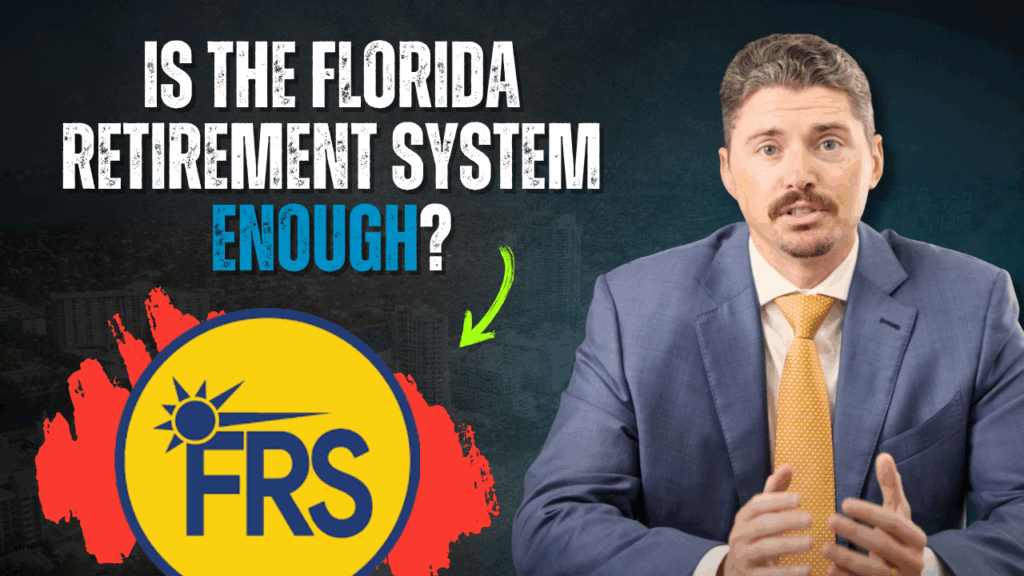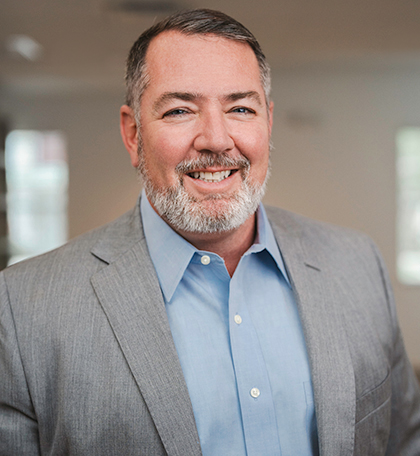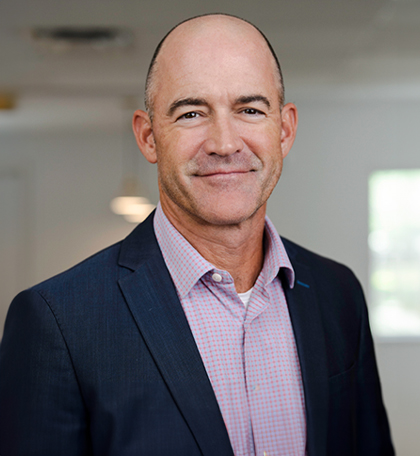Payroll Growth Slows
In July, private job growth slowed to 122,000, the lowest since January and below the expected 150,000, with wages for those staying in their jobs increasing by only 4.8%, the smallest rise since July 2021. This slowing labor market and slowing wage growth align with the Federal Reserve's efforts to control inflation. Additionally, the Labor Department reported a 0.9% rise in the employment cost index for the second quarter, lower than the previous quarter's 1.2%. Job gains were mainly in trade, transportation, utilities, and construction, while sectors like professional and business services, information, and manufacturing saw losses.
Fed Leaves Rates Unchanged
Federal Reserve Chair Jerome Powell stated that a potential interest rate cut could occur in September if current economic trends persist, emphasizing a "data-dependent" approach. Recent data shows inflation nearing the Fed's 2% target, with unemployment rising above 4%. Powell noted the importance of assessing overall data and risks to maintain confidence in inflation control and a stable labor market. The Fed kept its benchmark rate at 5.25%-5.50%, with any future cuts expected to be gradual and dependent on forthcoming economic reports.
Unemployment Rises
The U.S. unemployment rate rose to 4.3% in July, the highest in nearly three years, amid a significant slowdown in hiring, raising fears of a recession. This increase marks the fourth consecutive monthly rise, leading economists to predict a 50 basis point interest rate cut from the Federal Reserve in September. Despite a nonfarm payroll increase of 114,000 jobs, it was well below expectations and needed levels to keep up with population growth. Wage growth also cooled, with annual wage increases at the smallest in over three years, prompting some economists to argue that the rise in unemployment was due to an immigration-induced labor supply increase rather than layoffs.
Recession Indicator
Global stock markets are experiencing a downturn, leading investors to rely on the "Sahm rule" to determine a U.S. recession. This rule is triggered when the three-month average unemployment rate is at least 0.5 percentage points higher than its 12-month low. The latest jobs report activated this rule, raising concerns about the Federal Reserve's potential delay in cutting interest rates. Claudia Sahm, who developed the rule, argued that while the momentum is toward a recession, it is not inevitable, and there is room for the Fed to reduce rates. Sahm emphasized the importance of considering multiple economic indicators and tools rather than relying on a single rule for policy decisions.







